Drafting cows as they walk out of the parlour is very worthwhile if you can do it. It saves time for the dairy farmer and reduces stress levels on stock when sorting them out for the AI man or for the vet. Almost all parlours can be set up for drafting, irrespective of design.
In the majority of Irish milking parlours, the cows walking out of the parlour turn left or right and then walk back against the way they walked into the parlour. This can make drafting more difficult or labour-intensive. Ideally, in new builds, you should have the cows walking straight out of the front of the parlour. Why? Because a cow’s instinct is to follow other cows, so if she sees a cow walking out in front she is inclined to follow her.
On a recent tour of milk quality farms, I saw a number of different types of drafting. Some had automatic drafting where a cow was identified by a tag in the ear or a neckband. When the cow walks past a sensor board, which identifies the cow, a gate would divert her one way of the other. Three-way drafting – where a cow can go left, right or straight on – is worthwhile and should be the aim if designing new units.
Many farmers have homemade drafting operations to suit their circumstances and, by stepping out of the pit, they swing a gate one way or the other. While not ideal, it is still better than some dairy farms that don’t have a gate to swing one way or the other.
Automatic drafting units can be installed in most collecting yards, irrespective of yard design. The cost of automatic systems can be expensive and when you include the cost of the drafting gates, etc, it can easily total over €10,000 with ongoing cost of maintenance and replacing ear tags or tail identifiers.
However, depending on the labour availability and the size of the herd, this can be worthwhile if you have the money.
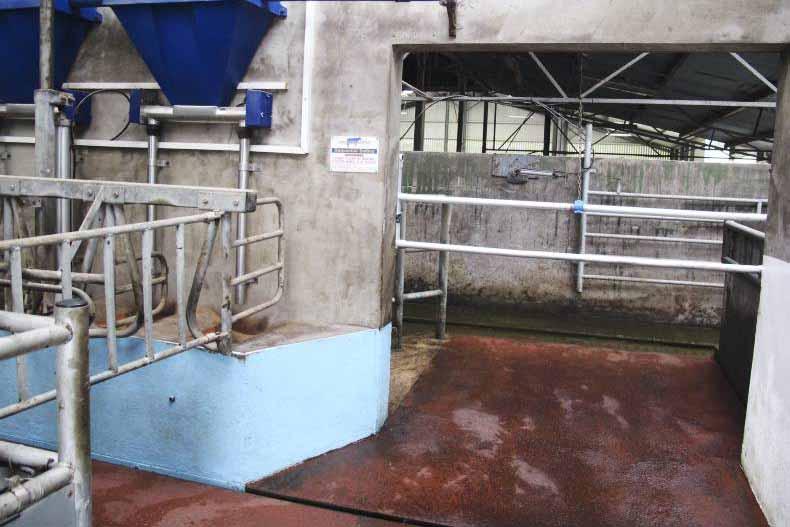
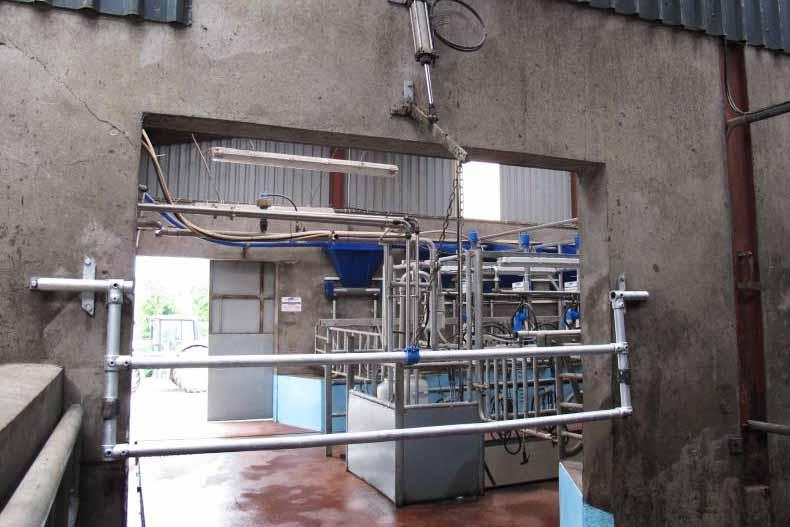
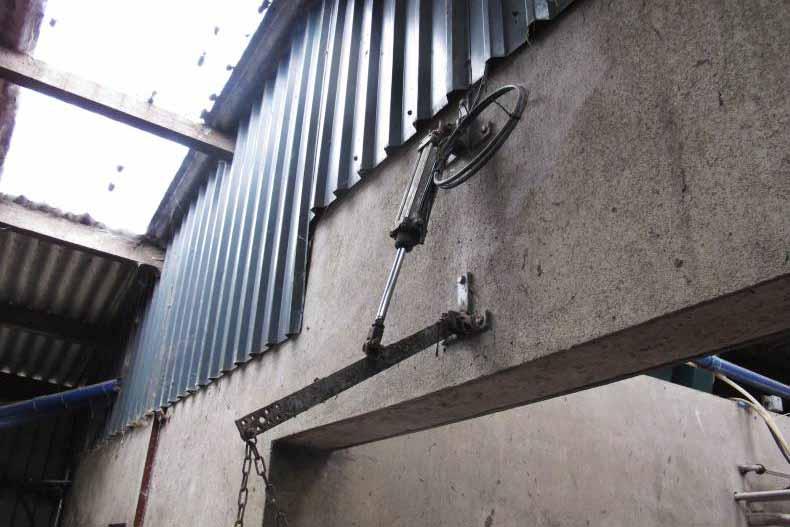
Pictures one, two and three
On Dan and Valerie Dennehy’s farm near Coachford, Co Cork, I saw a gate with a difference. As happens on many farms, cows often hang around the top of the parlour in an effort to sneak another few nuts if they can.
Dan had devised a gate which prevents them from coming back into the top of the parlour. The gate is air-driven and operates in tandem with the sequential baling in the parlour. When the baling goes up the gate opens up and it closes when the baling goes down. It can also be opened and closed independently.
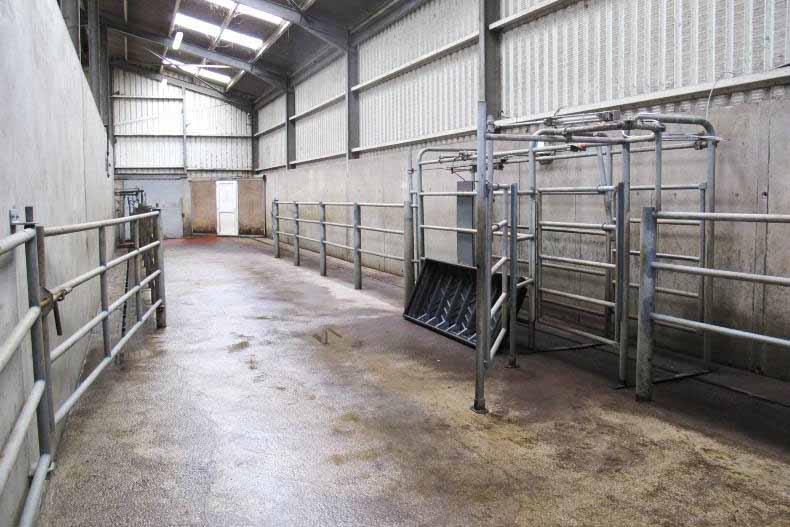
Picture four
On the O’Mahony family farm near Barryroe, Co Cork, cows exit the parlour and walk down a long race into a drafting gate, where they are drafted right if they are to be held for the AI man or the vet.
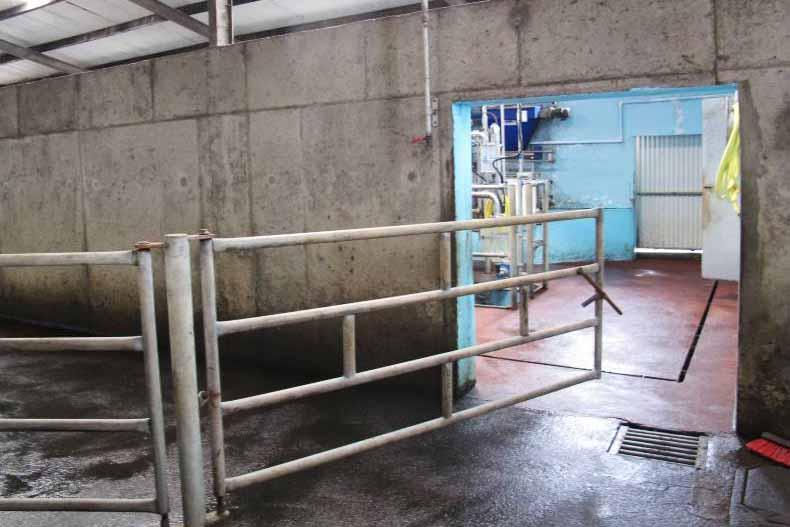
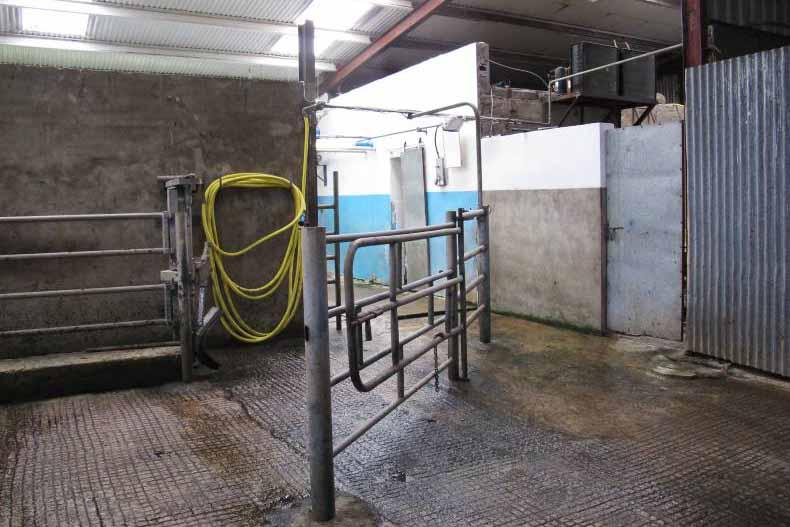
Pictures five and six
A more normal situation on the majority of Irish farms is to have a fixed gate at the exit that can be swung left or right, depending on where the holding yard is, as seen on James Kingston’s farm or on the McCarthy farm (picture six, above right) located near Newcastlewest, Co Limerick.
Read more articles from our Livestock Handling focus here.

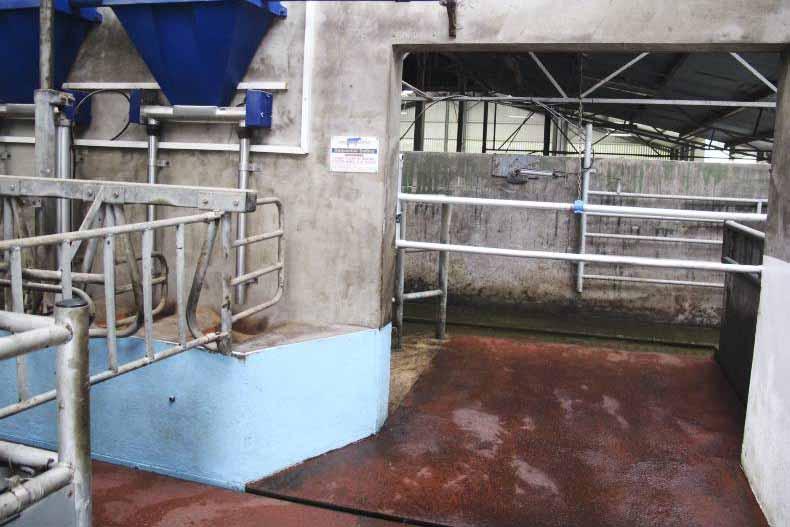




 This is a subscriber-only article
This is a subscriber-only article





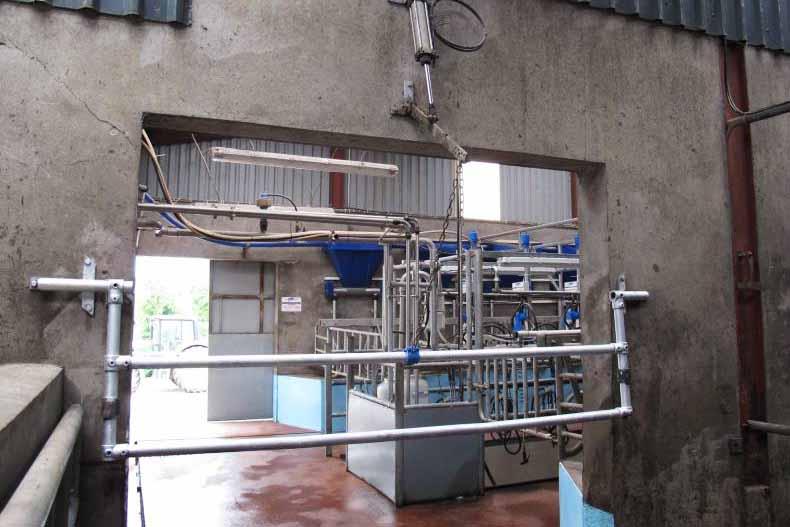

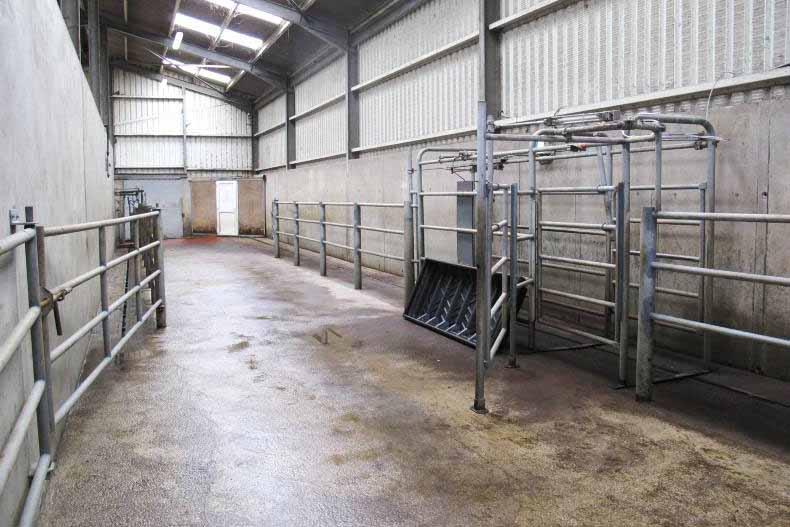


SHARING OPTIONS: